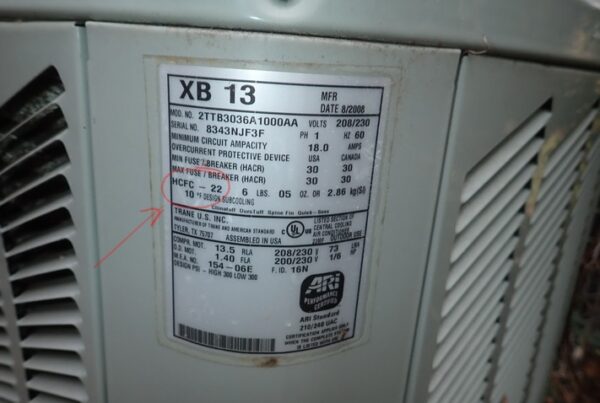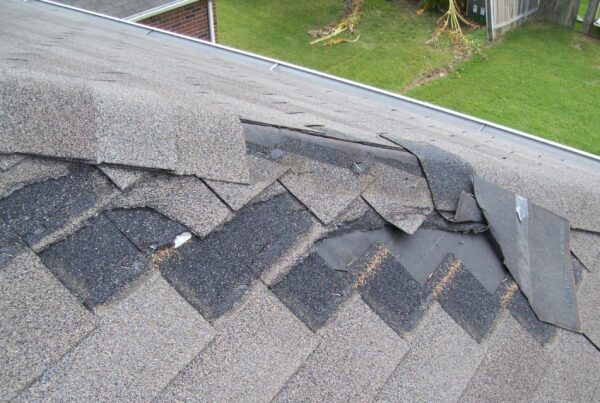The following is the first part of a multi-part discussion and update on Standards of Practice (SOP) for the home inspection industry.
By Russell Strahan, PE & John Cahill, PE
INTRODUCTION
In October 2004, we co-authored a paper regarding the Texas Real Estate Inspection Standards of Practice. The prior paper outlined a number of philosophical issues inherent to standards development. Two years and a thousand hours of deliberation since then have resulted in a comprehensive review of most of the home inspection Standards of Practice (SoPs) in North America. Our review included both trade associations and regulatory bodies, as the majority of the states now have some form of home inspection regulation.
PURPOSE
This paper builds on and expands the scope of the 2004 publication. In 2007 ASTM announced potential development of a unified, national Standard of Practice for the home inspection industry. As a premier standards body, ASTM is probably the only entity that could achieve this goal. The proposed project will involve the same basic issues of SoP development observed in state standards, in addition to considerable research into issues affecting the business on a continental scale. The interested parties include:
- The Public (buyers and sellers of real estate)
- Real Estate Practitioners (Realtors)
- Inspector Trade Organizations
- State Regulatory Bodies (about 31 as of this writing)
- Education Providers
- Insurance Underwriters.
The advantages of a unified system of home inspection standards are obvious and manifest:
- Simplification of regulatory implementation
- Comity between regulated states and mobility for inspectors
- Consistent curricula for education providers
- Actuarial predictability and increased access to professional insurance
- Increased uniformity in product for the public.
- Consistent rules for franchises and multi-location firms.
However, this effort will also require deliberation between many competing interests, from trade associations to businesses to various regulatory bodies. Currently there are many conflicting positions, but a properly executed, independent national standard could serve to reduce confusion and guide the entire industry into the future.
The purpose of this paper is to outline general issues common to any SoP development (the document itself) and summarize some of the significant issues derived from interaction of the various stakeholders.
PROCESS DEFINED
A home inspection Standard of Practice basically functions to define the minimum expected scope of service in a home inspection. This process is most commonly used by a consumer prior to purchasing a home, but may also be performed in other contexts, e.g., as a “pre-listing” service for sellers or to support warranty claims in newer construction.
The home inspection process is inherently limited to visible and accessible attributes of a subject property. Standards must be flexible enough to accommodate a huge amount of variation in the existing inventory of homes. Unclear, outdated or inconsistent SoP language confuses every party affected by the process. It is worth noting that in practical application, Standards of Practice are most often referenced in educational venues and in formalized disputes. SoPs do not drive inspection quality and most inspectors operate year upon year without reviewing any SoP. For the most part successful and experienced inspectors have little need for, or proficiency in, discussion of promulgated standards.
SOP STRUCTURE
All SoP language may be divided into three basic categories:
1. Definitions
2. Requirements (general or specific)
3. Limitations (general or specific)
Two general philosophical approaches are employed to define the inspector’s role. Although opposite in nature, some incidence of both appear in most SoPs. Simply stated, these methods are:
1. General Guidelines
a. General requirements or simple enumeration of included systems and,
b. Fairly detailed limitations or enumeration of excluded items.
2. Prescriptive or Procedural
a. Explicit and detailed requirements including exhaustive enumeration of items within included systems and,
b. General exclusions and limitations.
In a general approach, reportable defects are defined in a careful but generalized manner and the systems for which such defects are to be surveyed are simply listed. The process is largely delineated by the limitations and exclusions. This approach is common with national trade associations and can be implemented with relatively simple language. The inherent advantage of generalized guidelines is wide geographic applicability for many construction grades and ease of maintenance. The guideline approach inherently emphasizes the importance of professional discretion in identifying and
classifying defects. Each inspector independently derives a procedure to inspect the systems. This approach yields very simple SoP language. The problem is that each such procedure is then subject to independent (and often subjective) scrutiny.
The prescriptive approach is necessarily more complex, particularly with the diversity of housing encountered by an inspector. To the extent items are included or enumerated, there should be some basis in building science, code, case law or consumer expectations to justify the requirements. These can be very difficult to quantify. Prescriptive standards tend to minimize the role of discretion and experience on the part of the inspector. Because they must anticipate changes in construction codes and practices, prescriptive standards require frequent maintenance and updates.
This paper will be continued in subsequent issues of the NABIE Examiner.
*This article had been posted in the Winter 2013 edition of The Examiner.


